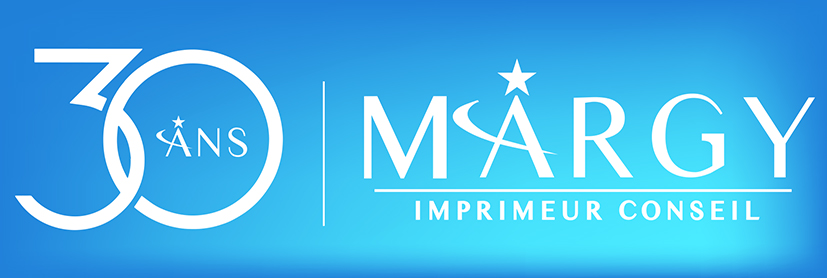In 2016, augmented reality is no longer an unattainable dream for marketers. At the mere mention of it, their eyes light up like a screen where 2D and 3D dollars scroll by. It has to be said that there is plenty of scope for boosting creativity. The revenues generated are expected to rise from €500 million to €7.5 billion by 2020. When applied to advertising objects, this technology opens up the possibility of unprecedented communication campaigns for businesses.
More effective marketing campaigns thanks to virtual reality
Augmented reality makes it possible to insert a 2D or 3D element into an image. This effect enhances the perception of the environment for a person looking at the image by giving them access to digital information. The only limit to its use is creativity in advertising and marketing.
Augmented reality can be used for event communication, product presentation or interactive point-of-sale advertising.
Ikea has shown the way by offering its customers an interactive catalogue. The application makes it possible to integrate a piece of furniture or an object with a photo of the room in which it is displayed, so that you can see how it looks. For its part, L’Oréal provides a mobile application that allows customers to try out its latest make-up line by taking a selfie. Satisfied with the result, the customer can immediately buy it online.
Interactive promotional items
Finally, JCDecaux chose bus shelters for a poster campaign to coincide with the release of the film “Pourquoi j’ai pas mangé mon père”. By pressing the button placed under the poster, passers-by triggered the animation and the characters from the film appeared larger than life in a photo of the area where the bus shelter was located.
By using augmented reality, a USB key or mouse pad can be transformed into an interactive object. Digital data is recorded on the logo, which users scan with their tablet or smartphone using a dedicated application. They and their environment are immediately immersed in the world of the brand.
Augmented reality has become an essential tool for renewing communication campaigns, enhancing a company’s brand image and making it easier for prospects to buy into the recommended product. Identifying a product and putting it into a real-life situation creates confidence and encourages people to buy it more readily.
Good reasons to use augmented reality for advertising purposes
If we had to cite reasons for using augmented reality to reinforce the impact of a promotional item, it would be because :
- It differentiates a brand from the competition through its novel use.
- It creates interaction between the product and the customer, turning the latter into a player.
- It encourages rapid purchase and creates a relationship of trust with live demonstrations.
- It enables new customers to be reached, attracted by its effects.
The prospects offered by augmented reality are very attractive in marketing terms. However, it does have an implementation cost that needs to be validated by real sales. The figures are stubborn and its effectiveness will be measured by the conversion rate and an increase in sales. Otherwise, augmented reality will remain a pipe dream.
Other articles :
 01 44 52 02 02
01 44 52 02 02
